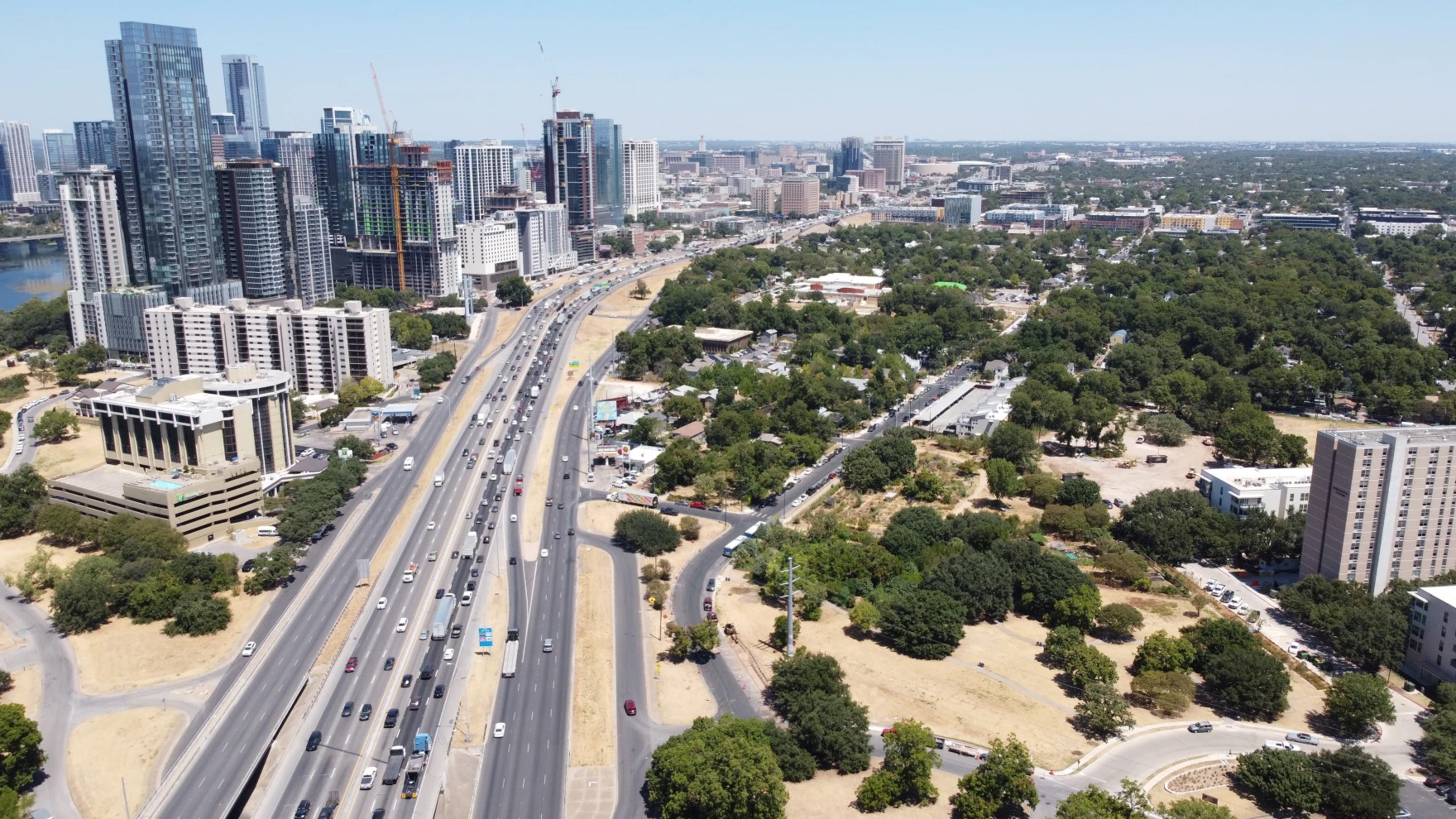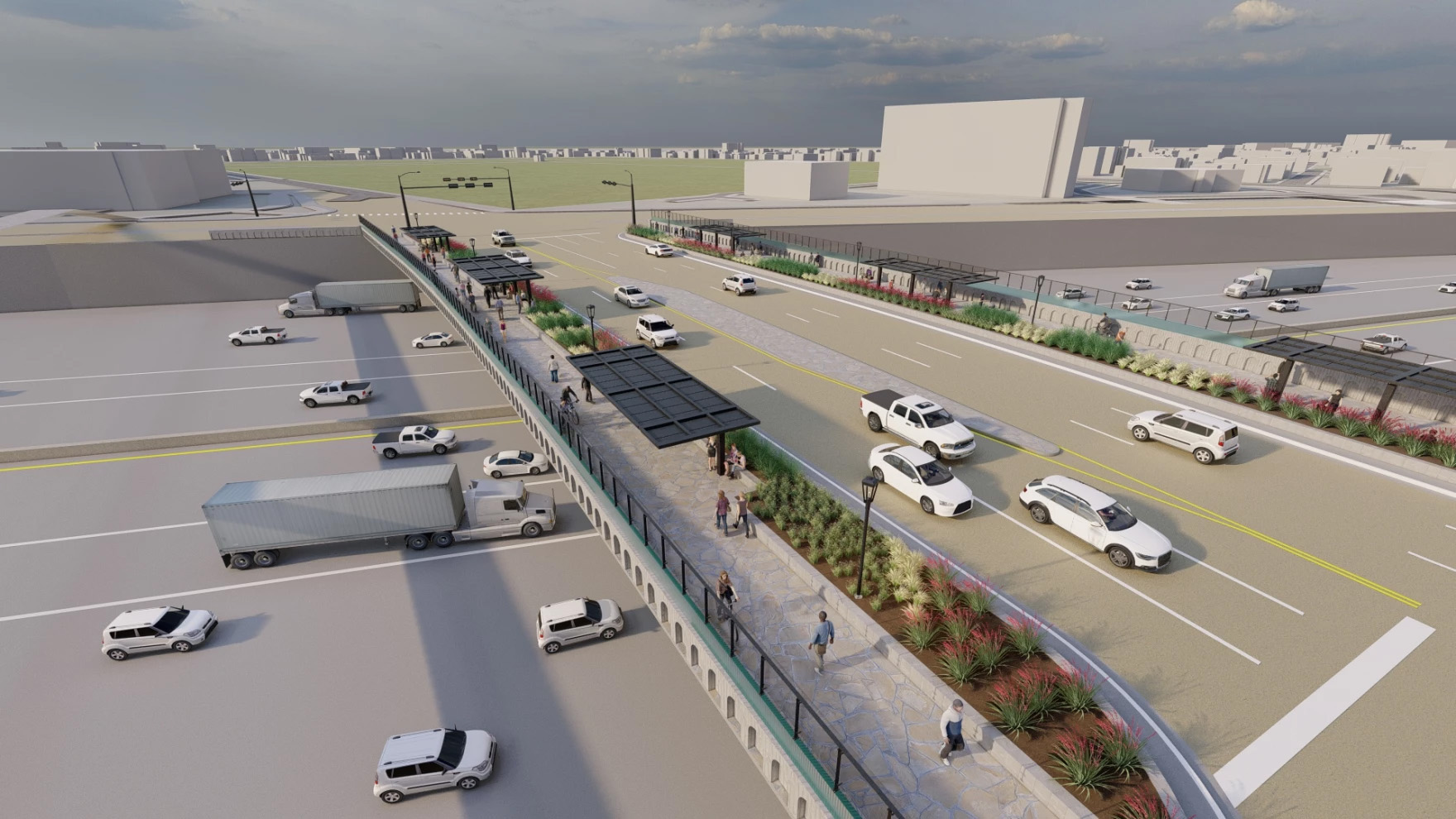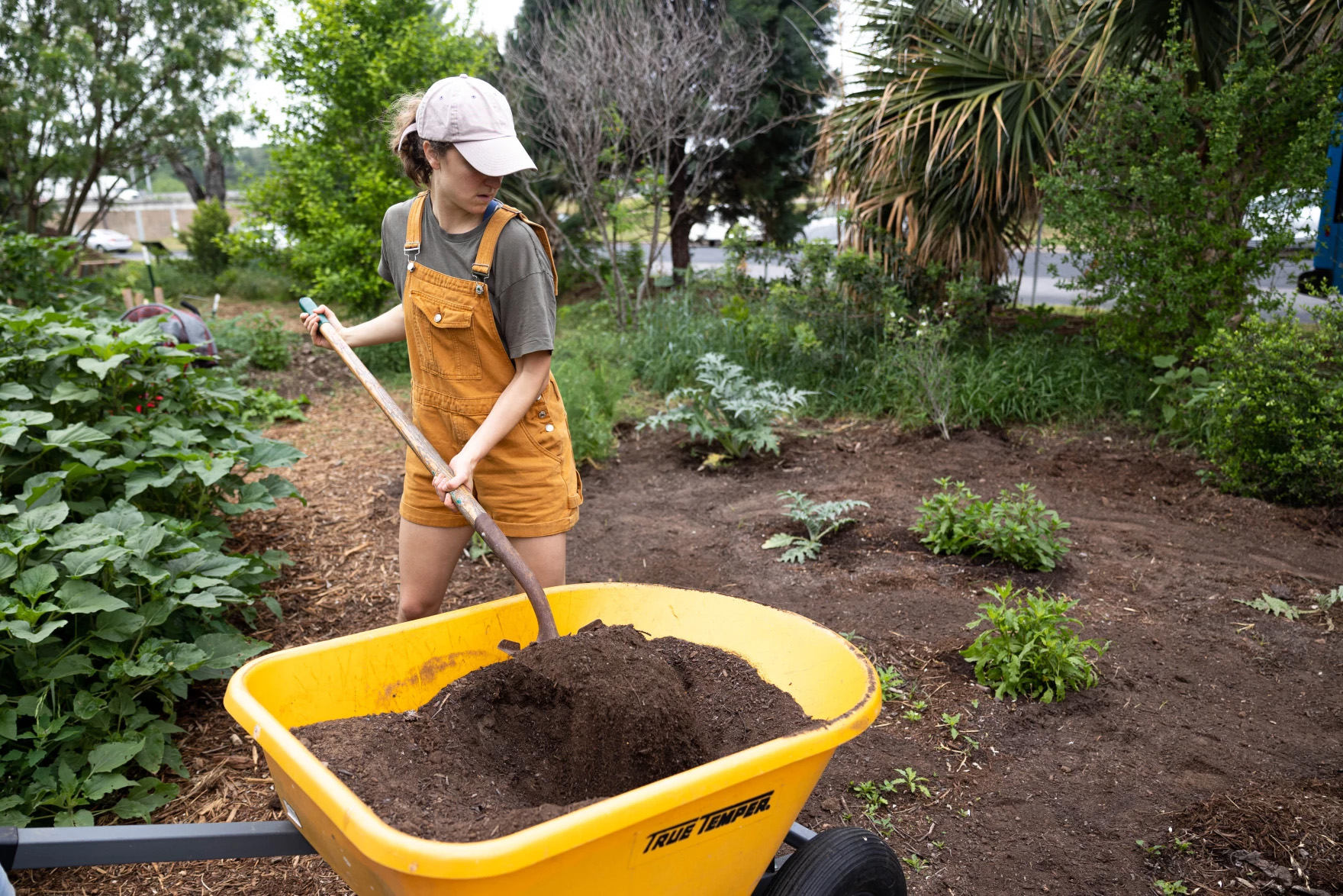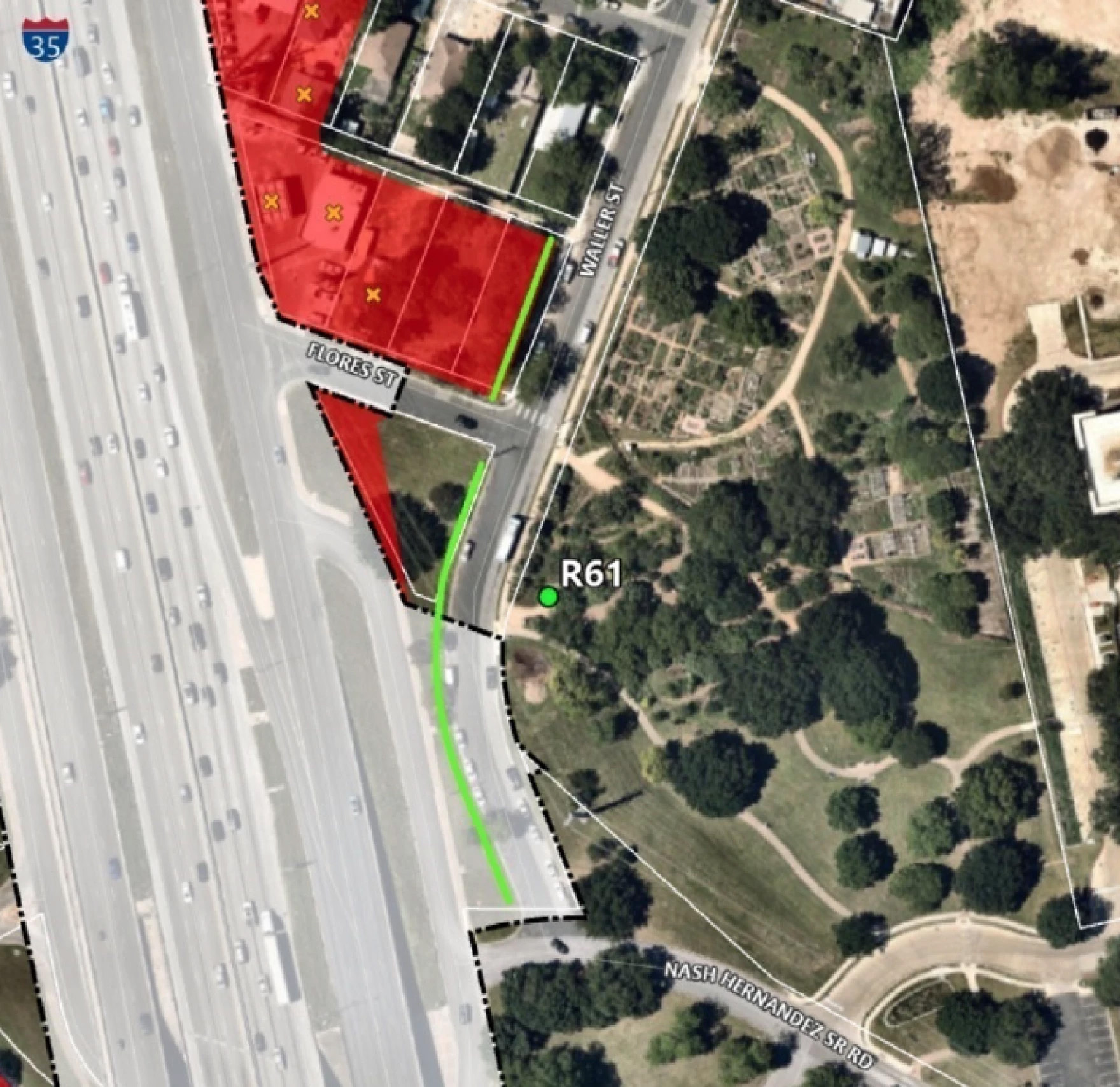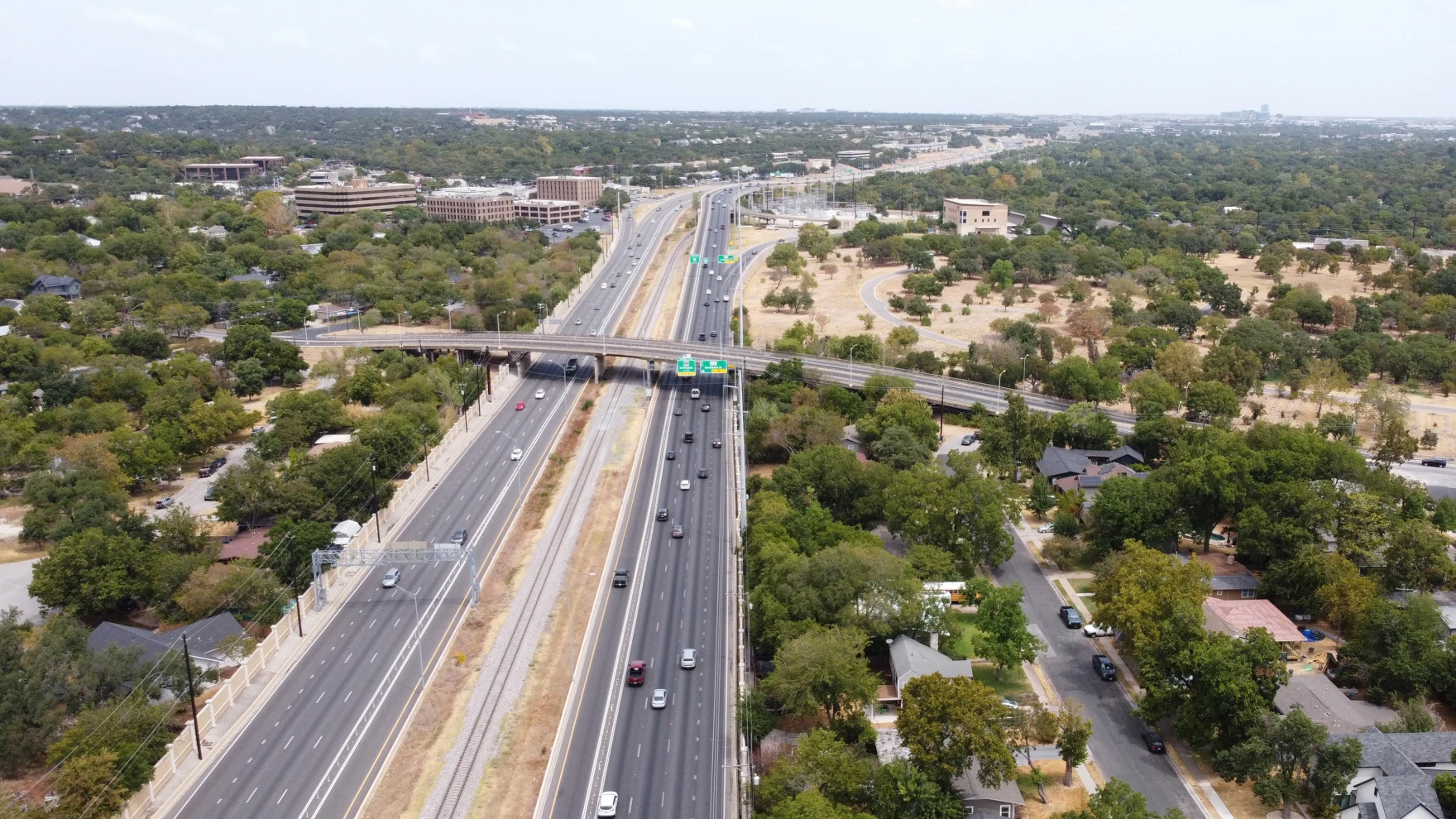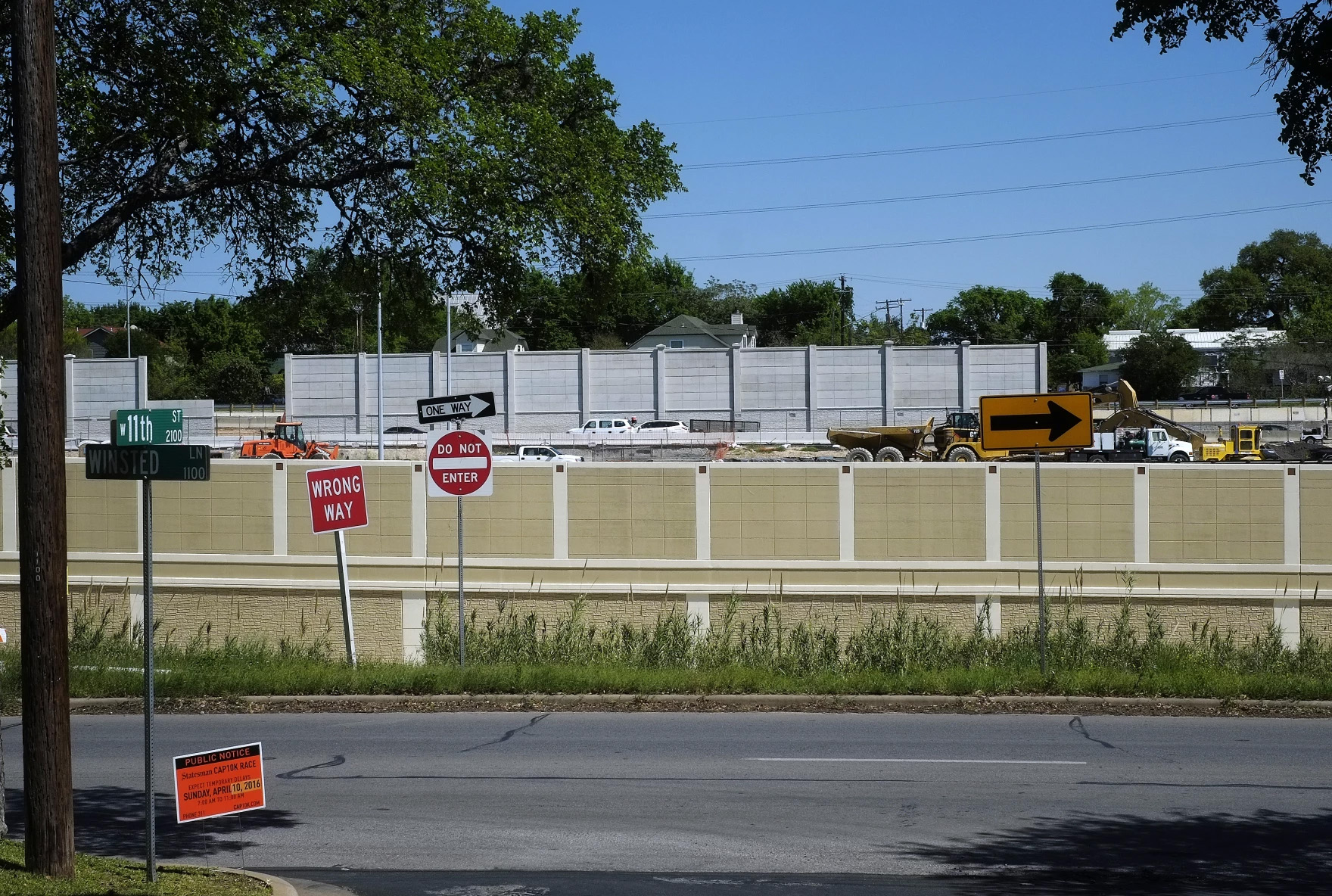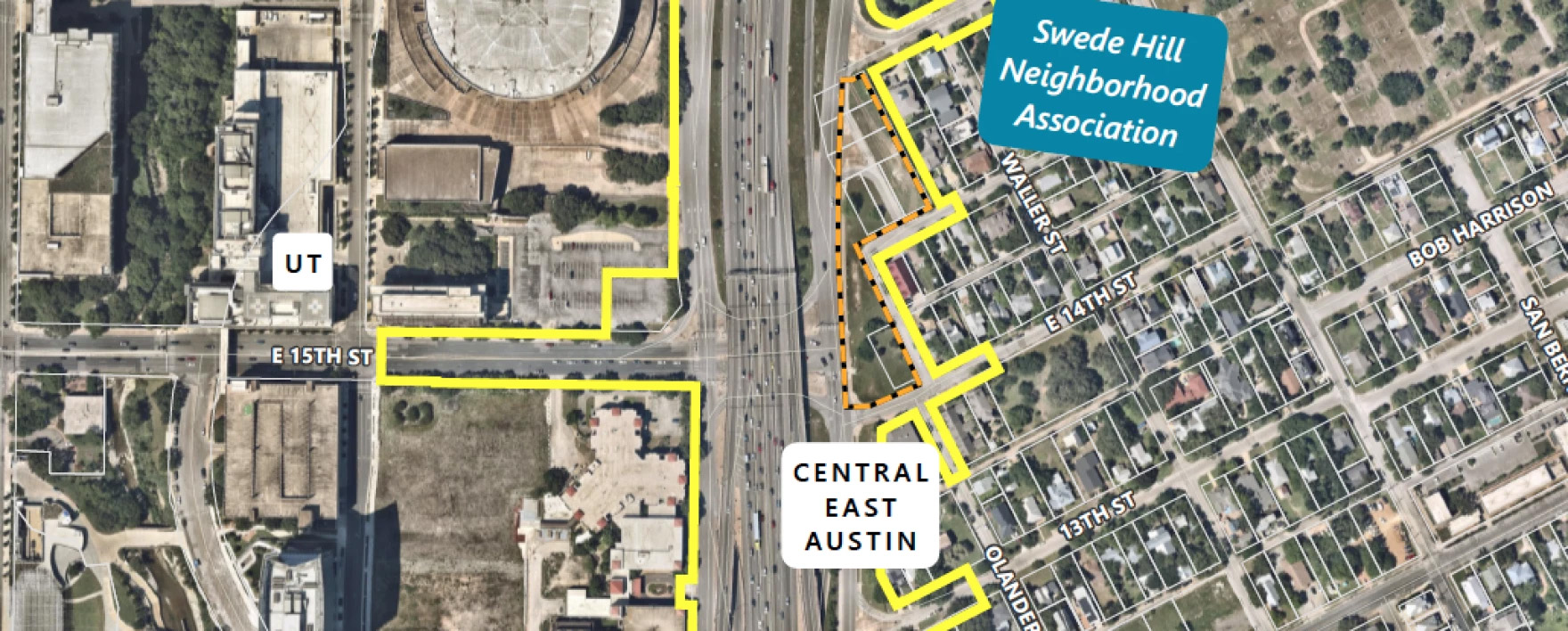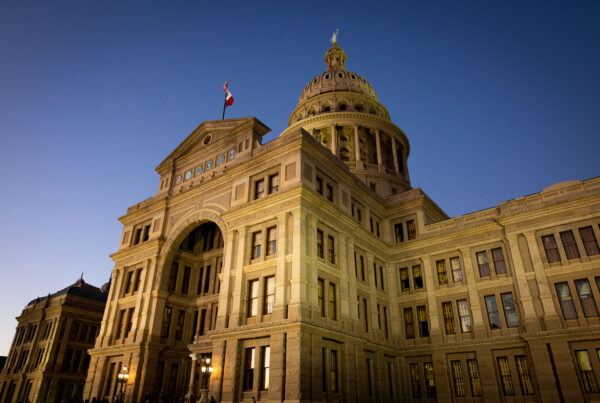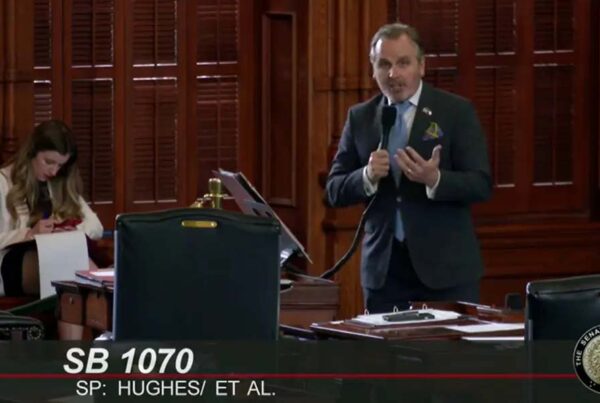From KUT:
Now that the expansion of I-35 through Central Austin has cleared a final bureaucratic hurdle, the city can expect the project to resonate in more ways than one.
Noise from heavy machinery will rumble day and night after construction starts next year. Once completed, the enlarged highway will hold more vehicles, turning up the volume of growling engines, exhaust systems and tires slapping pavement.
The noise will likely be dampened along some sections of the interstate. Lowering the main lanes for much of the distance from Oltorf Street to Airport Boulevard will shift the source of sound into a highway trench. If the city and the University of Texas cough up millions to cover the excavated interstate, noise would be muffled even more.


